Remembering Ted deCorsia: “If you’re smart, you can be a hero. If you’re dumb, you can be dead.”
 Today, Shadows and Satin remembers the life of noir veteran Ted deCorsia, who passed 42 years ago on this date, April 11th.
Today, Shadows and Satin remembers the life of noir veteran Ted deCorsia, who passed 42 years ago on this date, April 11th.
Graced with one of screendom’s most menacing visages, Ted deCorsia was a natural for the gritty, realistic characters that were a staple of the film noir era. A performer from an early age, the actor also possessed a deep voice and gruff manner that transferred well over the airwaves and he was a prominent figure in New York radio for a number of years. In addition to roles in more than 60 feature films and appearances in some of television’s highest rated series, deCorsia was seen in a total of nine films noirs: The Naked City (1948), The Lady From Shanghai (1948), The Enforcer (1951), The Turning Point (1952), Crime Wave (1954), The Big Combo (1955), Slightly Scarlet (1956), The Killing (1956), and Baby Face Nelson (1957).
Edward Gildea deCorsia was born on September 29, 1903 (some sources state 1904 or 1905), in Brooklyn, New York, the only child of vaudeville performers Edward deCorsia and Helen Le Sage. Because his parents’ career took them from town to town, deCorsia attended schools in cities all over the country. He also inherited his parents’ affinity for the stage – his first experience as a performer reportedly came at the age of six, when he appeared in a play written by his father called Red Ike.
As a young man, deCorsia attended night school, earning money during the daylight hours as a plumber, electrician, and salesman. He also worked for a time as a short-order cook, which led deCorsia to open his own restaurant in Brooklyn – the venture was “an artistic success but a financial flop,” the actor later said.
With his failed restaurant attempt behind him, deCorsia decided in 1924 to try his hand in the relatively new medium of radio, and found that he was an instant success – he not only possessed a distinctive voice quality, but he was able to mimic more than 50 different dialects, which made him a popular addition to a wide range of programs. He would continue his radio career for nearly three decades, playing on thousands of network shows, and serving as the narrator on the long-running series The March of Time. deCorsia’s versatility in radio was the stuff of legend – on one occasion, he was scheduled to perform in a two-man dramatic program, but before the show went on the air it was learned that the other actor could not make it to the station. So deCorsia went on alone – playing both parts. At one point, deCorsia was a member of Orson Welles’ famed Mercury Players (which would figure significantly in his later career) and eventually, the actor formed his own company, The Monticello Players. As deCorsia’s radio career continued to flourish, he took time out to appear on Broadway in The Father Returns, which closed shortly after its May 1929 opening, and the 1930 production of Scarlet Sister Mary, starring Ethel Barrymore, whom deCorsia labeled “the greatest actress in America and the most interesting person I have ever met.”
But the actor’s life was not completely focused on his career. He married a woman named Mary Robertson – in the early 1930s, it is believed – but the two were divorced in 1935. Several years later, in 1939, he wed Rachel Thurber, with whom he had two daughters, Carey and Deidre.
In the late 1940s, deCorsia’s old pal from the Mercury Theater days, Orson Welles, asked him to come to Hollywood – Welles had gone west several years earlier with a number of the performers from his radio company and had made his mark on the silver screen in such films as Citizen Kane (1941) and The Magnificent Ambersons (1942). deCorsia readily agreed, and traveled to Hollywood to accept a featured role in Welles’ production of The Lady from Shanghai (1948). After filming on Shanghai was complete, deCorsia returned to New York for his second film – The Naked City (1948), which was released several months before Shanghai and became the actor’s film debut.
The Naked City was a hit with audiences and critics alike, and deCorsia was singled out in the New York Times as “especially good . . . as an athletic thug.” After the release of Shanghai (which was described by one critic as a “frequently illogical story that spins so dizzily it’s almost impossible to follow”), deCorsia began shuttling between New York, where he continued his successful radio career, and California, appearing in a series of films over the next several years, including The Life of Riley (1949), starring William Bendix as the bumbling patriarch; A Place in the Sun (1951), the George Stevens-directed classic, in which deCorsia portrayed a judge; and The Enforcer (1951), his third film noir. Here, in one of his most unforgettable roles, deCorsia played gang leader Joseph Rico, who, as the story begins, is being held in protective custody, expected to testify the following day against his much-feared boss, Albert Mendoza (Everett Sloane). For his standout performance, deCorsia was hailed by numerous critics, including the Los Angeles Examiner’s Ruth Waterbury, who raved, “Ted deCorsia . . . etches a portrait of naked terror that is goosebump-making of the first order.”
During the next few years, deCorsia racked up roles in several more noirs: The Turning Point (1952), where he played a small part as a mobster; Crime Wave (1954), where he was seen as an ex-convict who makes life miserable for a former fellow inmate; and The Big Combo (1955) – one of my personal favorites – in which deCorsia makes a brief but memorable appearance as a shipman who is able to tie a vicious mobster to the disappearance of his wife. By now, deCorsia began expanding his performing horizons to include the budding medium of television, where he would be seen during the remainder of the 1950s and throughout the following decade on a wide variety of programs, from The Twilight Zone, The Untouchables, and Alfred Hitchcock Presents to I Dream of Jeannie, Green Acres, and The Monkees. He also starred as Mike Hammer, one of his few “good guy” roles, in the series, The Mickey Spillane Mysteries.
Between television appearances, deCorsia didn’t slow down his film career. In 1956, in addition to The Steel Jungle, a low-budget crime drama with newcomers Perry Lopez and Beverly Garland; and The Kettles in the Ozarks, the eighth in the “Ma and Pa Kettle” series, the actor was featured in two more films noirs. In Slightly Scarlet, one of the few noirs filmed in Technicolor, deCorsia was a standout as Sol Caspar, a powerful crime boss who is contemptuously described by one character as “a low-grade moron with delusions of grandeur.” In his second noir of the year, The Killing, deCorsia portrayed a corrupt cop, Randy Kennan, who is in debt to local mobsters.
Also in 1956, deCorsia was featured in The Conqueror, branded in at least one book as one of the 50 worst films of all time. Starring John Wayne as Genghis Khan and Susan Hayward as the daughter of a Tartar king, the picture was saddled with atrocious dialog and terrible casting. More notable than these failures, however, was the fact that a number of the scenes from the movie were filmed near Yucca Flat, Nevada, where extensive atomic bomb testing had taken place. Over the next several years, nearly half of those who worked on the film – including Wayne, Hayward, Agnes Moorehead, Pedro Armendariz, and Dick Powell – would contract various forms of cancer. The link between the diseases and the shooting of the film would not be discovered until decades later.
Meanwhile, with the debacle of The Conqueror behind him, deCorsia was seen the following year in a string of box-office hits, including Gunfight at the O.K. Corral (1957), the acclaimed retelling of the battle between Wyatt Earp and his friend Doc Holliday against the nefarious Clanton brothers. Also that year, deCorsia was featured in his final film noir, Baby Face Nelson (1957), starring Mickey Rooney in the title role. Here, deCorsia portrayed Rocca, a 1930s-era mobster who arranges for the prison release of a small-time hood named Lester M. Gillis, who would later be known as Baby Face Nelson (Rooney).
deCorsia was seen in a handful of mostly forgettable films during the rest of the decade, but he was back to the blockbusters in 1960 with a small role in the big-budget epic Spartacus, starring Kirk Douglas, Jean Simmons, and Lawrence Olivier. By now, deCorsia spent most of his time on his television appearances; his best films during this period included Nevada Smith (1966), a violent Steve McQueen vehicle in which deCorsia portrayed a bartender, and Five Card Stud (1968), a western starring Robert Mitchum and Dean Martin that flopped at the box office, but deserves a second look.
With both his television and film careers now winding down, deCorsia took on only a few roles in the early 1970s, including The Delta Factor (1971), an action film based on a Mickey Spillane novel, and The Outside Man (1973), an offbeat crime drama. The latter film – in which deCorsia, fittingly, played a mob boss – marked the actor’s last big-screen appearance. He died on April 11, 1973. (There seems to be some discrepancy as to whether he died of natural causes, a blood clot, or a heart attack.)
Although Ted de Corsia was never one of Hollywood’s household names, he was a gifted character actor who found success in radio, television, and film. Along with his talent for expertly depicting a variety of dialects, and his commanding screen presence, deCorsia was, at his best, one of the screen’s meanest personages.
We remember him today.







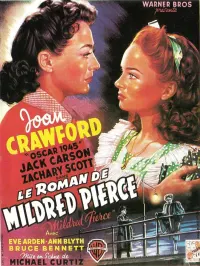




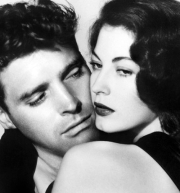













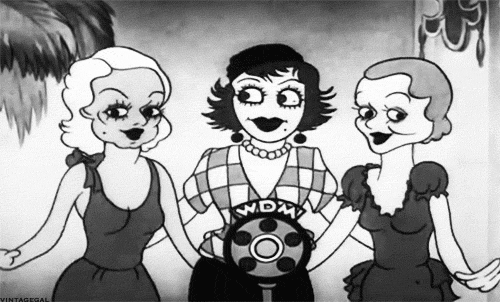


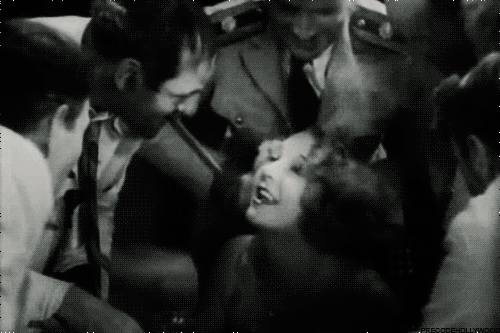


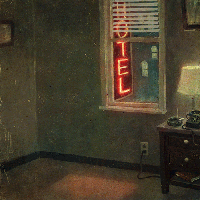
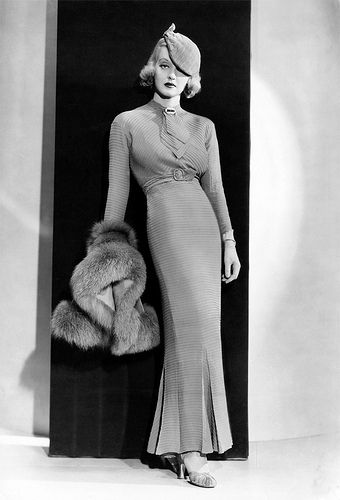



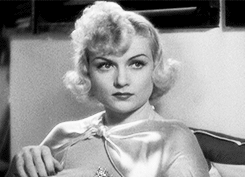
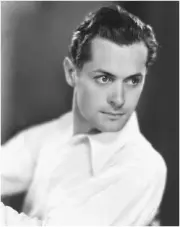
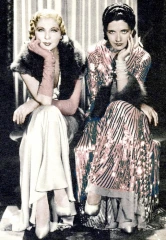

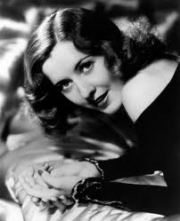



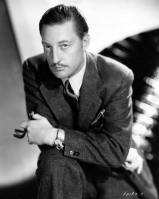




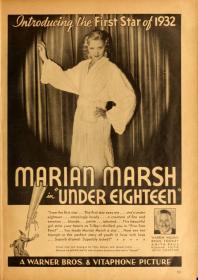
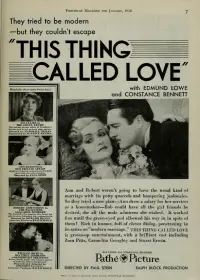

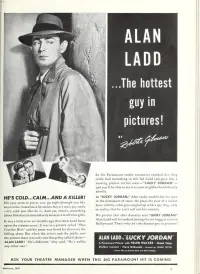
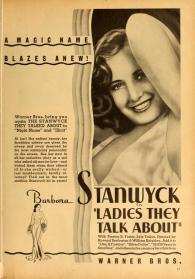

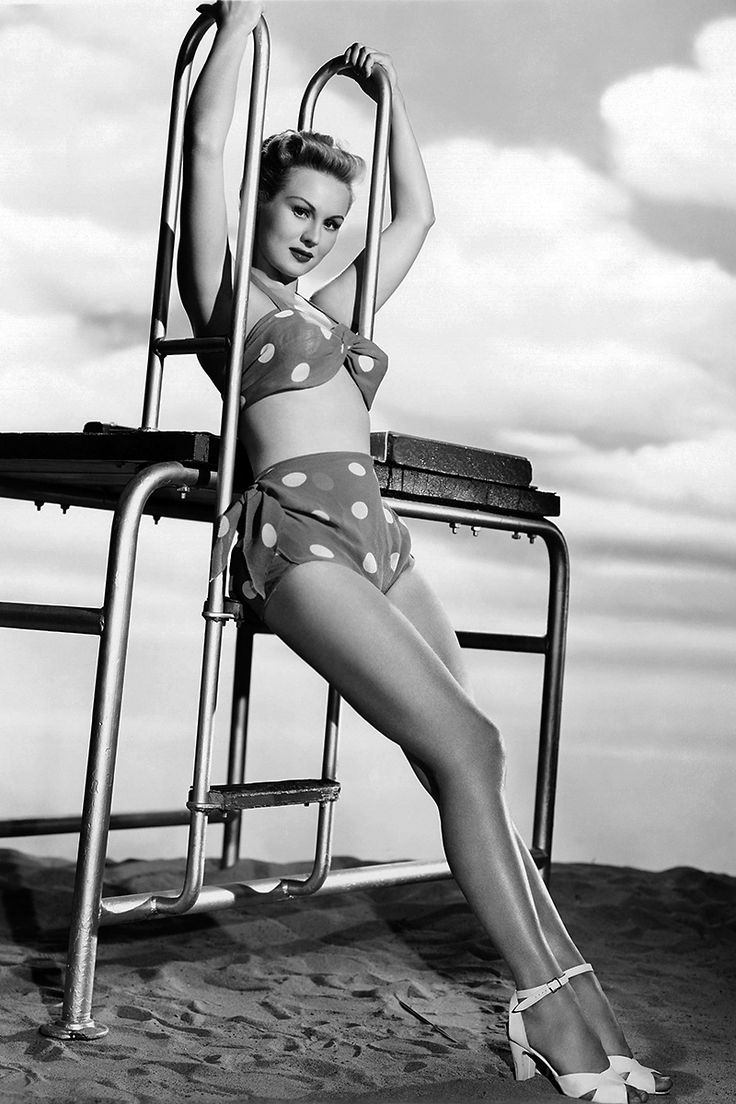



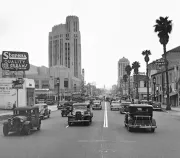
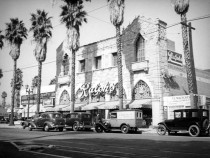


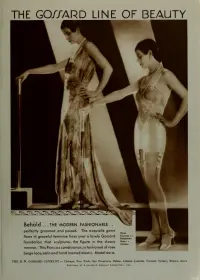

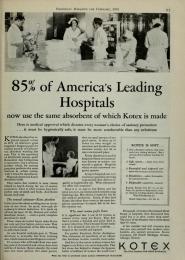

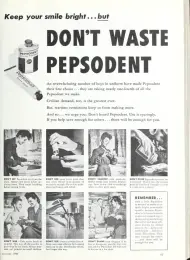


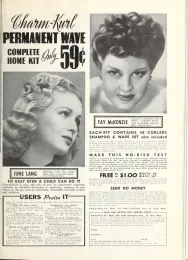





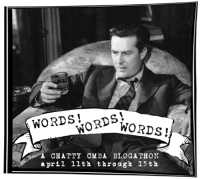

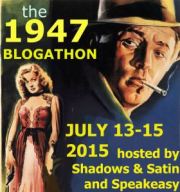
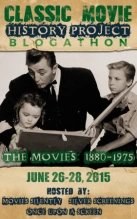
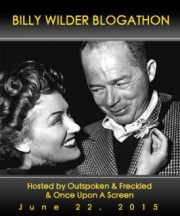


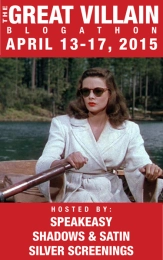


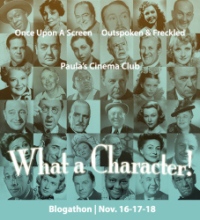
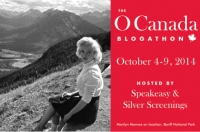


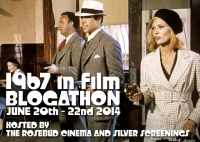


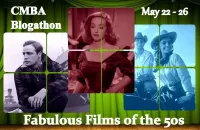
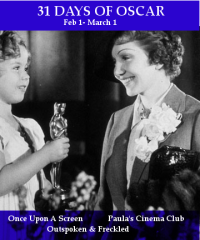
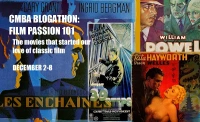







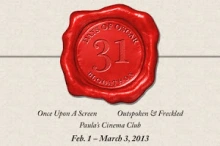

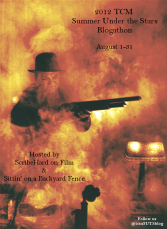


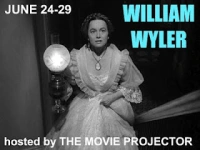





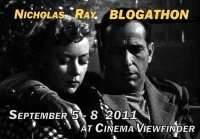

Great piece!
Thanks, John! 🙂
No — thank you!
Thanks for reminding us of this great character actor. So very menacing! Love that picture of the young De Corsia.
So many memories – of the films and of my dad quizzing me on Ted de Corsia’s name. A most fitting and charming tribute.
He was in so many films. He has such a long list of credits. It’s too bad he’s not well know to today’s film buff”s like John Wayne etc
I totally agree, GJ — deCorsia should definitely be more well-known. He was always a standout, even in the smallest of roles.
Years after his death he’s still one of my favorite tough guys with that gravelly unmistakable voice; very glad I got to see him at work💒
He was the best! Every movie is better when he’s in it!
I just re-watched the MIKE HAMMER episode “Death Takes An Encore” with Darren McGavin where Ted DeCorsia plays Pat Chambers. McGavin spends a chunk of the episode in disguise, wearing specs and affecting a timid, nervous disposition. This was something he never did in any other episode. At one point, Pat has some GOON drag Mike to see him, then informs him about “POLICE BUSINESS!” and orders him to “STAY OUT OF IT!” There’s not even a hint that these 2 guys are best friends.
You know what I think? I think this was the PILOT episode, but run out of sequence (8th!). That kind of thing happens a lot, and would make more sense (in a twisted way) than DeCorsia filling in for Bart Burns for just one week (Burns has become one of my FAVORITE Pat Chambers).
It reminds me of when NBC ran the “STAR TREK” pilot 3rd, so for one week, the sets, costumes, props and some of the cast were different. (Idiots.)
This man was great, versatile, compelling actor. He raised the standard of every movie he was Jin, just by being there. He’s a hero to every character actor.
I totally agree, Frank. No matter what size the role, you could always count on a standout performance from deCorsia.